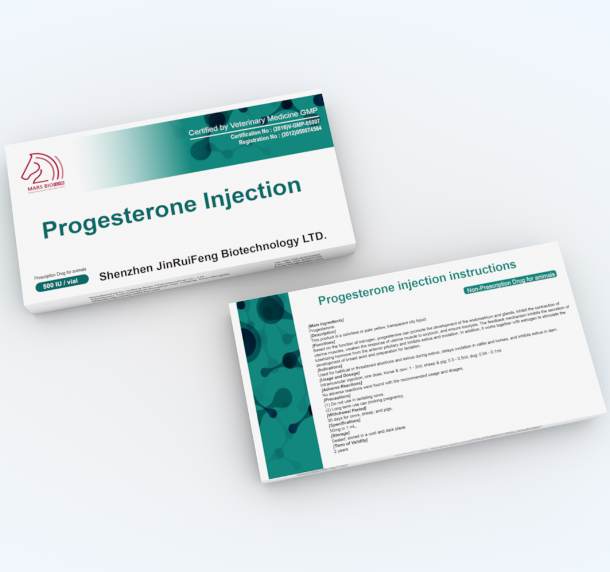1. Symptoms The disease mainly affects the leaves, vines and seed pods. The leaves suffered damage. In the initial stage, white powdery yellowish patches developed on the leaf surface, followed by enlargement of irregularly shaped grain plaques. They were connected together to form a composite film. The diseased surface was covered with white powder, and the back of the diseased part was brown or purple patches. After the severe onset of leaves, it quickly yellowed. Damage to stem vines and seedlings also produces pink spots, which are full of stem pods and cause yellowish necrosis.
2. Transmission and pathogenesis The disease is caused by the infestation of Ascomycete subsp. pumilus fungus. Pea powdery mildew had no obvious wintering period in Guangxi, but it was repeatedly infected with conidia, which caused the disease to spread and propagated among its host plants. The pea flour host has a wide range and can invade 13 families and more than 60 kinds of plants such as leguminous plants, solanaceous plants, and cucurbits. Warm and cool nights, hot and humid environments with a large temperature difference between day and night are favorable for fashion. Disease resistance of pea varieties is quite different. Generally fine peas are more resistant to disease.
3. Control methods (1) Agricultural control: Select disease-resistant varieties according to local conditions. In southern China, vigorously popularize "hybrid pod peas" (yang double-flower pod peas); implement rotation and focus on the cultivation of fertilizer and water management. Disease prevention measures, reasonable close planting, ditch drainage, increased application of phosphorus and potassium fertilizer, not partial nitrogen fertilizer.
(2) Chemical control: 15% triadimefon wettable powder 1500-2000 times, or 50% mixed sulfur suspension 500 times, or 50% benomyl 1500 at the initial stage of disease or when peas first bloom. Double liquid, or 50% carbendazim WP spray 600 times, spray every 10 to 15 days, continuous spray 3 to 4 times.
2. Transmission and pathogenesis The disease is caused by the infestation of Ascomycete subsp. pumilus fungus. Pea powdery mildew had no obvious wintering period in Guangxi, but it was repeatedly infected with conidia, which caused the disease to spread and propagated among its host plants. The pea flour host has a wide range and can invade 13 families and more than 60 kinds of plants such as leguminous plants, solanaceous plants, and cucurbits. Warm and cool nights, hot and humid environments with a large temperature difference between day and night are favorable for fashion. Disease resistance of pea varieties is quite different. Generally fine peas are more resistant to disease.
3. Control methods (1) Agricultural control: Select disease-resistant varieties according to local conditions. In southern China, vigorously popularize "hybrid pod peas" (yang double-flower pod peas); implement rotation and focus on the cultivation of fertilizer and water management. Disease prevention measures, reasonable close planting, ditch drainage, increased application of phosphorus and potassium fertilizer, not partial nitrogen fertilizer.
(2) Chemical control: 15% triadimefon wettable powder 1500-2000 times, or 50% mixed sulfur suspension 500 times, or 50% benomyl 1500 at the initial stage of disease or when peas first bloom. Double liquid, or 50% carbendazim WP spray 600 times, spray every 10 to 15 days, continuous spray 3 to 4 times.
Progesterone is a female hormone that is produced in the highest amount after ovulation. Progesterone is very valuable during IVF cycles, and can also be an important part of preventing miscarriage in older female animal and in female animal with a history of miscarriage.
We has Progesterone Injection to promote development of the endometrium and glands, inhibits the contration of uterine muscles, stimulates the development of breast acini in preparation of lactation.

Pregnancy Medicine,Progesterone Injection Vet,Progesterone Injection for Animal,Animal Pregnancy Medicine
Jiangxi Institute of Biological Products Inc. , https://www.jxinstitute.com